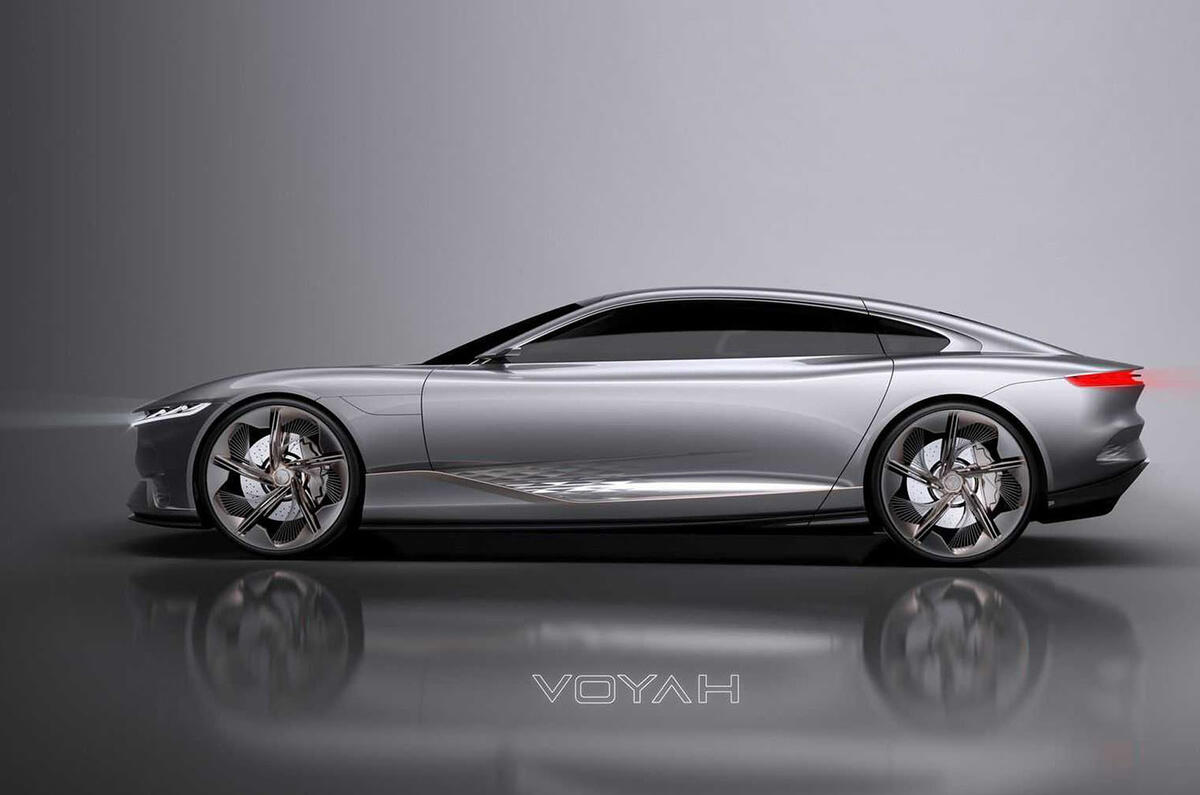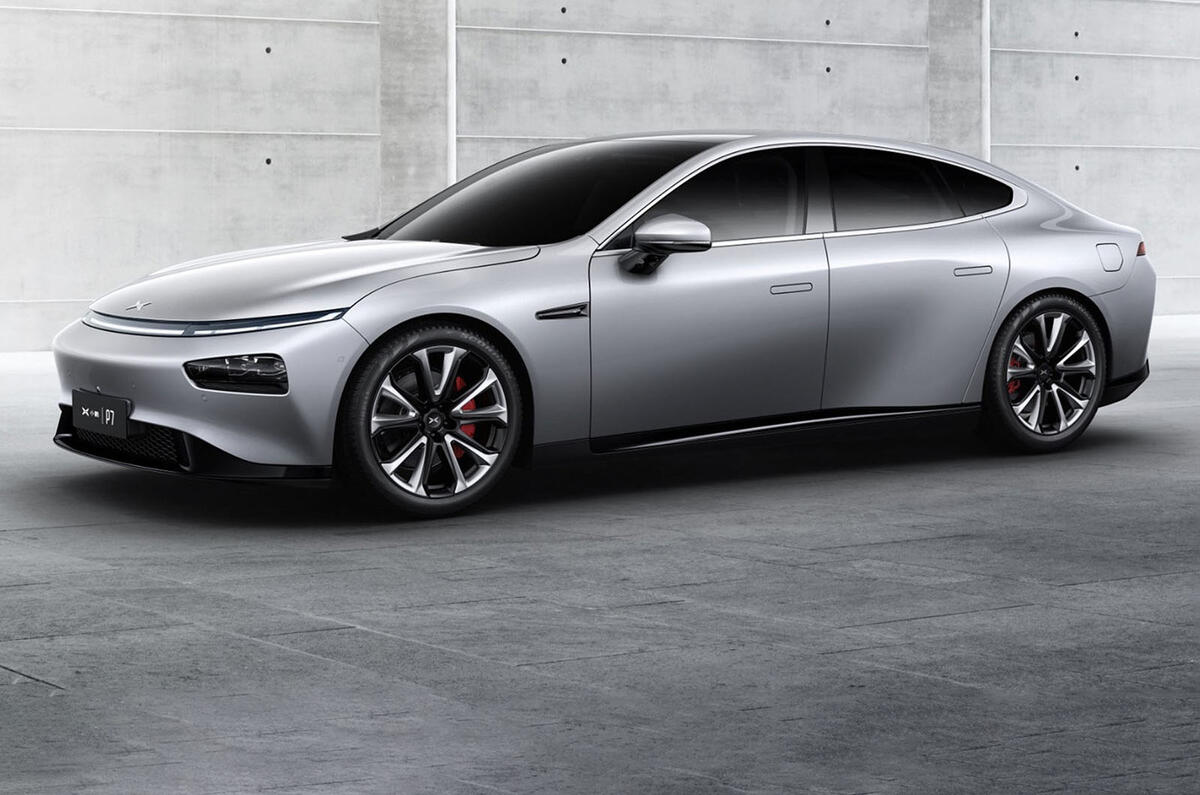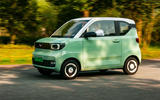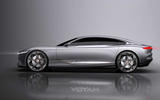While the UK’s plug-in electric vehicle market grew by 74% in 2021, growth of the same segment in the world’s largest car market more than doubled that rate. Official figures from the Chinese automotive industry reveal that last year sales of plug-in hybrids and EVs saw a staggering 158% increase on 2020. But what’s behind the numbers and who were the main winners and losers? Let’s start with the data.
- In China, total sales of new energy vehicles (NEVs) – battery-electric vehicles and plug-in hybrids – topped 3.52 million units, just over half the global total
- One car, the Wuling Mini EV, accounted for around 12% of those sales alone
- BYD, the market leader in electrified vehicles, sold over 600,000 NEVs
- NEVs made up 13.4% of all car sales in China
















Add your comment